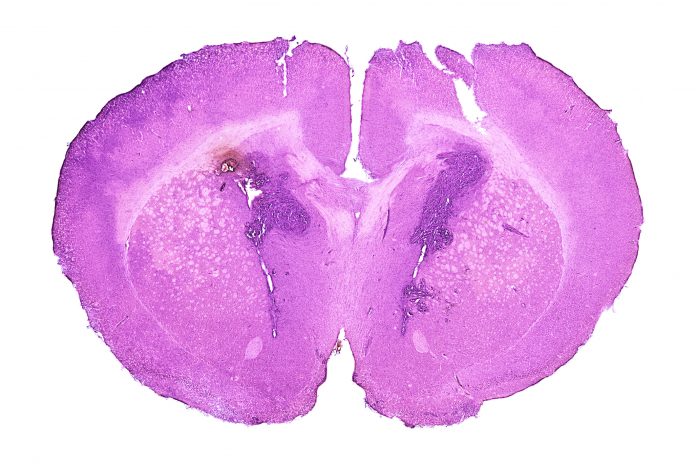Only 20% of Americans eligible for COVID-19 boosters get them, and today in Vaccine, researchers published the results of a new survey of 2,000 US adults to understand why uptake is so low.
Participants were part of the Arizona CoVHORT, a prospective trial that began in May 2020. All 2,196 participants had at least one COVID-19 vaccine dose and were asked about if they had received a bivalent (two-strain) COVID-19 booster. If respondents said they had not, they were asked why.
Bivalent boosters were first recommended for all Americans ages 12 and up in September 2022, and the present survey was conducted from February 13 to March 29, 2023.
Of the 2,196 respondents who had been vaccinated previously, 1,637 (74.5%) received the bivalent vaccine booster, the authors said.
Prior infections cited most often
Among the 559 respondents who said they did not get a booster, 39.5% said they did not need one as they had already been infected by SARS-CoV-2 at least once, and 31.5% said they worried about side effects.
The third most common reasons cited for not getting a booster, by 28.6% of participants, was respondents’ disbelief that a booster would add more protection over the vaccines they have already had.
Previous studies suggested that the main reasons people did not get a booster was because they were unaware they were eligible. The results of the Arizona CoVHORT show different mechanisms were at play in spring 2023, when boosters were widely available and recommended for all Americans 6 months and older.
Benefits of receiving the bivalent booster and concerns about side effects are two areas in which improvements in education are necessary.
“These findings suggest that knowledge about the bivalent booster may have improved over time, but that benefits of receiving the bivalent booster and concerns about side effects are two areas in which improvements in education are necessary,” the authors concluded. “Improving provider and patient knowledge around recent work demonstrating the efficacy of bivalent boosters against severe outcomes, including hospitalizations, for up to 120 days following receipt, may help improve vaccination rates.”
In September, the most recent booster, or updated monovalent (single-strain) COVID-19 vaccine targeting strain XBB.1.5, was approved for use in the United States and is now available in many pharmacies and clinics.










